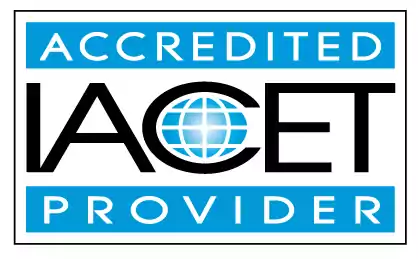Define and identify common signs and behaviors of children and youth with cerebral palsy.
Learn about the common signs and behaviors of children and youth with cerebral palsy and conduct disorder. Gain a better understanding of these conditions in early childhood education and child care centers.Trainings incorporating this outcome
Proficiency Level
30 hours courses
Related Outcomes
- Define and identify common signs and behaviors of children and youth with developmental disabilities.
- Define and identify common signs and behaviors of children and youth with Autism Spectrum Disorder.
- Define and identify common signs and behaviors of children and youth with hearing loss.
- Define and identify common signs and behaviors of children and youth with anxiety.
- Define and identify common signs and behaviors of children and youth with ADHD.
- Define and identify common signs and behaviors of children and youth with depression.
- Define and identify common signs and behaviors of children and youth with conduct disorder.
- Define and identify common signs and behaviors of children and youth with fetal alcohol syndrome.
- Identify the most common sources of stress for young children.
- Give examples of ways to apply and model ethical behavior and professional integrity with all children and youth.
- Identify types of abuse, by identifying signs of abuse and neglect
- Identify the signs of traumatic brain injury in infants and young children.
- Identify common mental health disorders in children and the importance of early intervention.
- Identify the signs of illness in children and describe when a child should be excluded from care
- Define resilience and identify ways it helps young children overcome toxic stressors.
- Define and identify the components of developmentally appropriate practice for children aged 2 to 5.
- Describe strategies and experiences to promote collaboration between child and youth care professionals and programs and other professionals involved in the care and education of all children and youth.
- Identify common interaction strategies to help promote a positive classroom environment for young children.
Related Articles
- CDA and Behavior Observation
- Common Challenges in Earning a CDA and How to Overcome Them
- How the CDA Credential Empowers Educators to Promote Physical Development in Young Children
- The CDA and Advancing Children's Physical and Intellectual Development
- The Key to Managing Challenging Behaviors
- CDA Home Visitor RC III: Bibliography of Developmentally Appropriate Children’s Books
- Building Positive Relationships with Children: A Key CDA Competency
- Supporting Children Through Trauma: The CDA Credential Advantage
- The CDA and Helping Children Thrive
- How Earning the CDA Credential Can Help Educators in Observing and Assessing Young Children
- Supporting Children with Special Needs in the Early Childhood Education Classroom
- Teaching Problem-Solving Skills to Young Children
- Supporting Shy Children in the Early Childhood Education Classroom
- Using the CDA Credential to Master Behavior Management in Early Childhood Education
- CDA Subject Area 2: Advancing Children’s Physical and Intellectual Competence
- How Indiana Child Care Providers Can Benefit from the CDA Credential
- CDA Portfolio Checklist: A Guide for CDA Candidates
- The PD Specialist and Scheduling a Verification Visit
- Professional Growth and Continuing Education for Early Educators CDA
- CDA Certification for Maryland Child Care Providers
 3 CEUs
3 CEUs